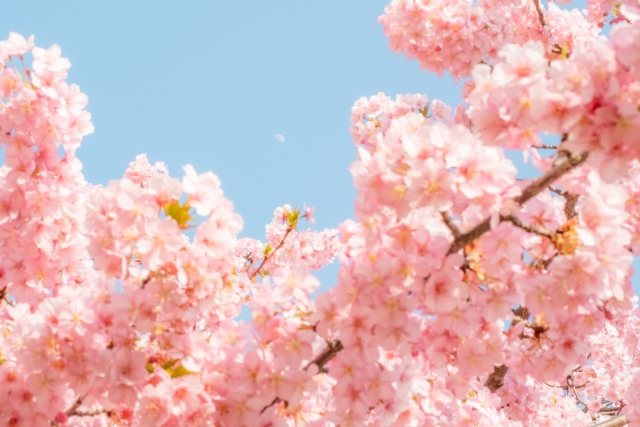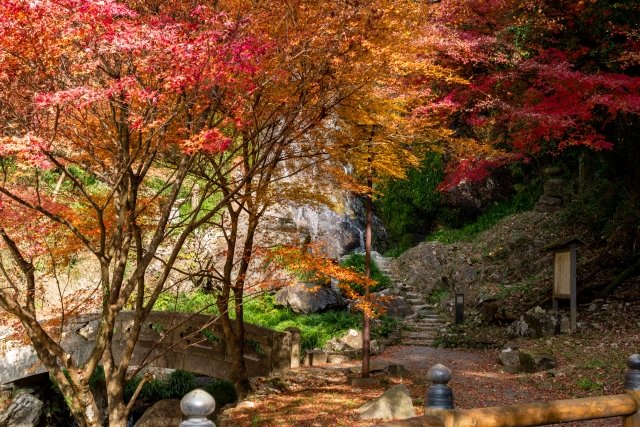If you ask Japanese people, “What are the characteristics of Japan?” many may answer, “A peaceful and beautiful country,” but many may also answer, “A country with four seasons.
As the name implies, there are four seasons, spring, summer, fall, and winter, and they change throughout the year.
Those who have moved to Japan may be puzzled by the distinct climatic changes.
However, each of the four seasons has its own charm and splendor, and can be said to be the spice for a deeper appreciation of life.
In this article, I would like to give an overview of the four seasons in Japan and the charm and splendor of each season.
Click here to learn Japanese language with the best one-on-one Japanese tutoring lessons in person or online.
Contents
The Four Seasons of Japan
As mentioned at the beginning of this article, Japan has four seasons: spring, summer, autumn, and winter, which are collectively called the four seasons.
Since the Japanese archipelago is quite long and narrow in shape, the timing and intensity of the seasonal changes vary from region to region, but roughly speaking, spring = mid-March to May, summer = July to August, fall = September to November, and winter = December to early March.
June is often represented by the “rainy season,” which differs from the four seasons.
The rainy season is very rainy and in recent years can last from early to mid-July.
The “five seasons” include the rainy season, which is sometimes referred to as the “six seasons” with the addition of the “autumn rain,” the season of heavy rainfall in autumn.
Incidentally, in Japan, the names of the seasons in which one is born or the names of things related to those seasons are often used for names.
Let us now explain in detail about spring, summer, fall, and winter.
Characteristics and Attractiveness of Spring
Spring refers to the period from mid-March to May, when the mornings and evenings are still chilly but the days are warmer, flowers begin to bloom, and insects awaken from hibernation.
Meteorology defines spring as the period from March to May.
In Japan, cherry blossoms are the most famous spring flowers.
The pink petals are beautiful, and tourists visit cherry blossom viewing spots all over Japan during the cherry blossom season.
March is also the season of graduation and entrance at Japanese schools, and the beginning of a new school year.
Many people may have the image of spring as the season of encounters and partings.

Characteristics and Attractiveness of Summer
Summer in Japan mainly refers to the period from July to August.
Summer is often hot and humid in the mornings and evenings, and temperatures often exceed 30°C during the day.
In inland areas not facing the sea, the temperature can exceed 35°C (days exceeding 30°C are called “midsummer days” and days exceeding 35°C are called “extremely hot days”). (2) Summer
During the summer season, more and more people enjoy the sea at beaches across the country.
Along with swimming in the sea, summer festivals and fireworks are also a popular summer event.
Most of these festivals were cancelled during the year when the new coronavirus spread, but they are expected to gradually resume in the future.

Characteristics and Attractions of Autumn
Autumn refers to the period from September to November.
Around early September, the summer heat, known as lingering summer heat, may continue, but the temperature gradually drops and many people change their clothes from short sleeves to long sleeves.
Autumn is also known as the season of typhoons.
August is also prone to typhoons, but September and October are also prone to typhoons, with three to five typhoons per month. (Most of them do not approach the Japanese archipelago, but on rare occasions they do make landfall.)
One of the most attractive features of autumn is the “colored leaves.”
Autumn foliage is the phenomenon of deciduous broad-leaved trees turning color before they fall.
The scenery of green leaves turning red, yellow, orange, etc. is extremely beautiful, and many people go sightseeing to places with beautiful autumn foliage during this season.
Autumn is also known as “the season of appetite,” when food harvested in Japan becomes more delicious.

Winter Customs and Attractions
Winter is from December to early March.
Temperatures drop considerably, with mornings and evenings quite close to 0°C (32°F) and days during the day sometimes not reaching 10°C (50°F).
Hokkaido and the Tohoku region are especially cold, with minimum temperatures ranging from -10°C to -20°C.
Because of the low temperatures, snow may fall every day in some areas.
In recent years, due to global warming, it snows less than it did a decade ago, but many people still visit ski resorts to enjoy skiing and snowboarding.
During this season, nabe dishes are served in many homes, and restaurants offer a variety of nabe dishes such as yosenabe, chanko-nabe, sukiyaki, and soymilk nabe.

Summary
In this article, we have provided an overview of Japan’s four seasons and the charm and splendor of each season.
We hope you have learned that each of spring, summer, fall, and winter has its own characteristics, and that each season has different charm and beauty.
If there is a season you have yet to experience, why not visit Japan for that season?
Related article:










